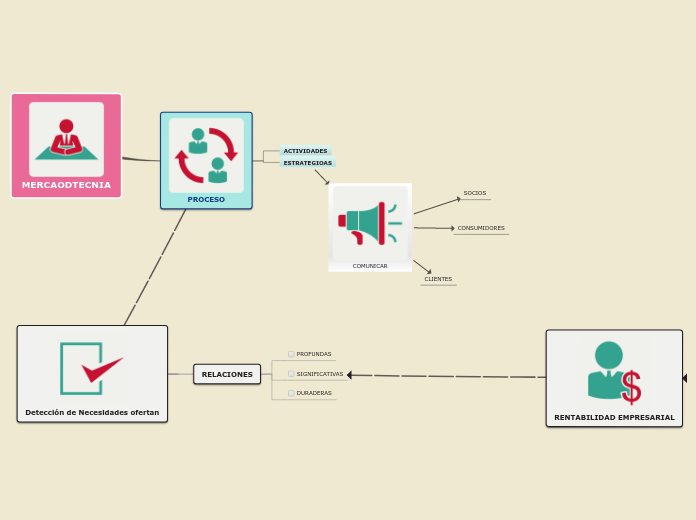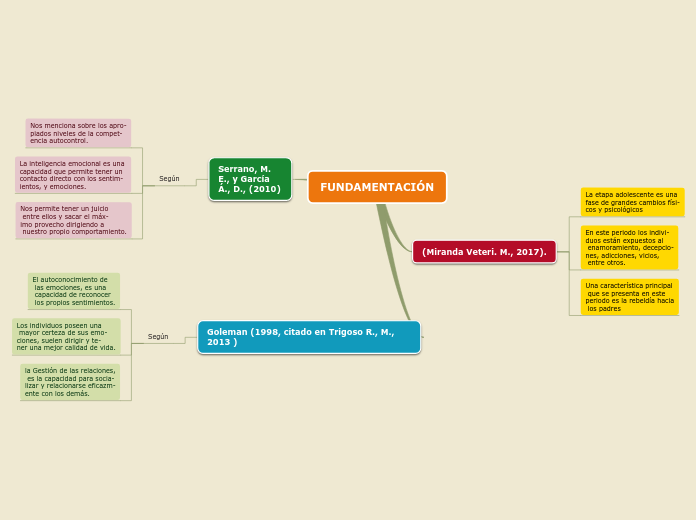Punto y Coma
The part of speech is a category to which a word is assigned according to its syntactic functions. In English the main parts of speech are noun, pronoun, adjective, determiner, verb, adverb, preposition, conjunction, and interjection.
Para separar oraciones sintácticamente independientes entre las que existe una estrecha relación semántica:
A conjunction is a word like 'if' 'but' or 'and' which is used to connect sentences or clauses together.
Íbamos rápido durante todo el recorrido; nada ni nadie nos detendrá.
Subordinating conjunctions are conjunctions that are used at the beginning of subordinate clauses. Some examples of these conjunctions are: although, after, before, because, how, if, once, since, so that, until, unless, when etc.
Create sentences
Although it was raining, I went out.
Para separar los elementos de una enumeración cuando se trata de expresiones complejas que incluyen comas:
A preposition is one of the most exciting parts of grammar. A preposition is used to describe the location of something in relation to something else.
Fueron a la cena: Marcos, el papá; Marcela, la mamá; Juan, el hermano; Sofía, la prima; Sandra, la hermana; y Cristina, la novia
Compound preposition consists of two or more words.
Cada uno de los grupos preparará un taller: el primer grupo, el taller de cerámica; el segundo, el taller de telares; el tercero, el taller de costura.
When a preposition consists of one word it is called single or simple preposition.
Se pone punto y coma detrás de cada uno de los elementos de una lista o relación
A numeral is a word or phrase that describes a numerical quantity.
Some theories of grammar use the word 'numeral' to refer to cardinal numbers that act as a determiner to specify the quantity of a noun, for example the 'two' in 'two hats'.
Tercera conjugación
Verbos que terminan en -ir
Segunda conjugación
Verbos que terminan en -er
Primera conjugación
Verbos que terminan en -ar
Se escribe punto y coma delante de conectores de sentido adversativo, concesivo o consecutivo, como pero, mas, aunque, sin embargo, por tanto, por consiguiente, etc.
An article is a word used to modify a noun, which is a person, place, object, or idea. Technically, an article is an adjective, which is any word that modifies a noun.
Los jugadores entraron durante todo un mes; sin embargo, perdieron el partido.
La mayoría de los invitados disfrutaron de la fiesta durante toda la noche; sin embargo, hubo algunos que se fueron temprano.









